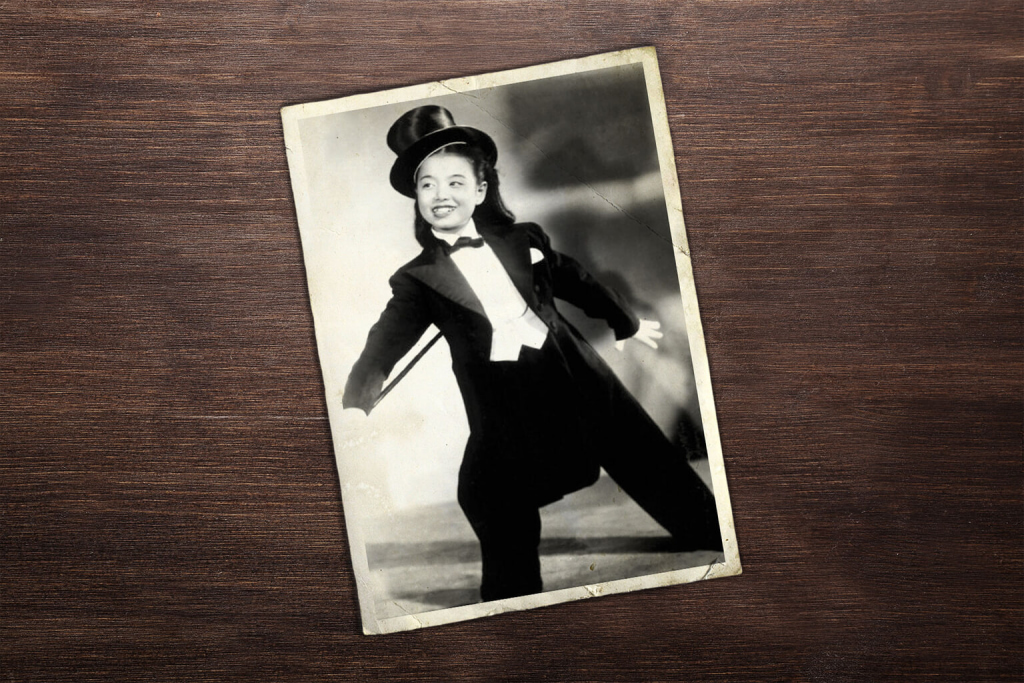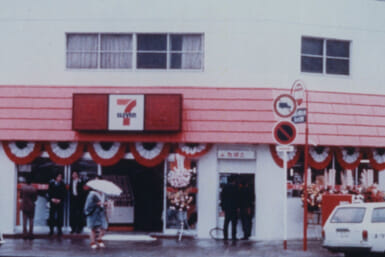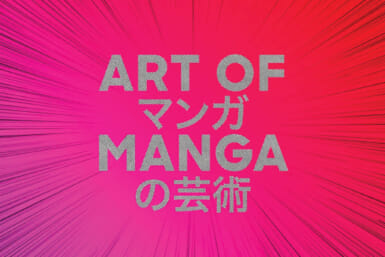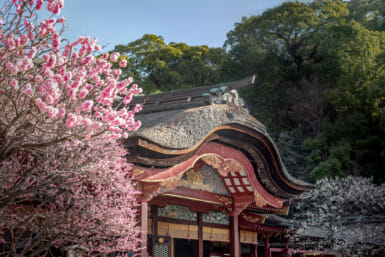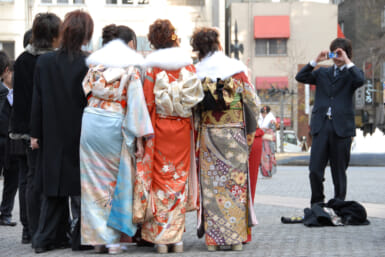On this day in 1989, Hibari Misora held her final concert. The castle town of Kokura in Kitakyushu was the location for the show, which was supposed to be the start of a nationwide tour. Illness, however, meant that it was the last time fans would see her perform. It took place exactly one month after the death of Emperor Hirohito and the end of the Showa Era.
For many, though, that period truly ended in June of that year when Misora died. Her influence was that big. A singer and actor who began performing live at the age of eight, she was seen as the Shirley Temple of Japan. Her heartwarming film appearances and nostalgic songs helped cheer a population that was struggling during the post-war recovery. Going on to entertain the masses for four decades, she truly was the “queen of enka.”
Background
The daughter of a fishmonger and homemaker, Misora was born Kazue Kato on May 29, 1937 in Yokohama. When she was six, she sang “Kudan no Haha” to her father at a World War II send-off party. It’s a song about a mother praying for her son at Yasukuni Shrine after he died at war. The young girl’s talent was there for all to see and two years later she made her stage debut at a concert hall in Yokohama.
Changing her name to Hibari Misora (meaning “lark in the beautiful sky”), she appeared in her first feature film in March 1949 when she was just 11. A comedy about an NHK radio program, Nodojiman-kyo jidai was the first of 166 movies she featured in. That same year, she also released her debut record: “Kappa Boogie Woogie.”
Her next song sold more than 450,000 copies, a record at the time. It was the title track from Miyoji Ieki’s movie The Sad Whistle. In the film Misora played Mitsuko, a war orphan dressed as a boy desperately trying to find her brother. “We’ll meet again someday,” is the line from the main song she tearfully repeats. Playing a lovable child with a distinct voice, Misora charmed Japanese audiences. The country had a new star.
https://www.youtube.com/watch?v=ynODxNmYbG8
Adulation and Overenthusiastic Fans
Into the second half of the 20th century, 12-year-old Misora had already become a household name in Japan. She continued to enhance her reputation as a singer and actor in the film Tokyo Kid. As with The Sad Whistle, she played a scruffy street urchin and once again sang the movie’s title track. It featured the line: “the Tokyo Kid carries her dreams in her right pocket and her chewing gum in the left.”
Misora’s fan-base grew bigger throughout the 1950s thanks to songs such as “Ringo Oiwake” and “Minatomachi 13-banchi” in addition to standout performances in films like Takekurabe and The Dancing Girl of Izu. She was idolized by people of all generations, though on one occasion the adulation went too far. On January 13, 1957, an overenthusiastic fan attacked her with hydrochloric acid outside Asakusa International Theater.
“I am crazy for Hibari,” wrote the attacker in her diary. “Her beautiful face makes me want to hurt her. I want to attack her with acid to see her face turn ugly by my act.” Fortunately, Misora’s mother reacted quickly, pouring water over her daughter’s face. As a result, she only suffered a minor injury and was soon back performing.
A Million Seller
In 1964, Misora released “Yawara,” the singer’s most successful song in her lifetime (“Kawa no Nagare no Yo ni” would go on to sell more after she died). Written by Shinichi Sekizawa for a series about judo, the track became an unofficial anthem for what was the first-ever judo competition at the Olympics. It sold 1.8 million copies within six months and won the Grand Prize at the Japan Record Awards.
By the late 1960s Misora was focusing more on singing than acting. With songs like “Kanashii Sake” and “Makkana Taiyo” also selling over a million, she established herself as the top female performer in the country. That meant regular appearances on NHK’s New Year’s Eve singing contest Kohaku Uta Gassen. She featured on the show for 18 consecutive years before being left off the list in 1973.
Earlier that year, her brother Tetsuya Kato was arrested for gang related activity. Though Japan’s sole public broadcaster didn’t acknowledge the connection, it was assumed to be the reason for the snub. In protest, Misora refused to appear on NHK programs in the years that followed. She eventually made peace with the channel and appeared as a guest on Kohaku for the final time in 1979.
https://www.youtube.com/watch?v=d_Ns_B23LT0
Misora’s Death and Legacy
In April 1987, Misora collapsed on stage while performing in Fukuoka. After being rushed to hospital, she was diagnosed with avascular necrosis and cirrhosis. Hiding the true nature of her condition from her fans, the Japanese chanteuse was back performing a year later, becoming one of the first artists to headline the newly opened Tokyo Dome. Following a 40-song set, she collapsed and was taken away by an ambulance. Despite her worsening condition, Misora continued singing. A month after her final concert, she did a 10-hour live radio show.
Misora died from heart failure on June 24, 1989. She was 52. That night all television networks canceled their regular programming to air tributes instead. The following month, she became the first woman to receive the People’s Honor Award. It was conferred posthumously for giving Japanese people hope during such a dark period in the country’s history. During her career, she recorded more than 1,200 songs, the most famous being her last single, “Kawa no Nagare no Yo ni.”
Eight years after her death, it was voted the greatest Japanese song of all time in a national poll by NHK. In 1996, The Three Tenors delighted fans when they performed the track at their concert in Tokyo. The song has been covered by several other well-known artists, including “Asia’s eternal queen of pop” Teresa Teng. It also featured on the 2000 Misora Hibari Tribute album, along with the rest of her big hits. There were many to choose from.
Feature image by Anna Petek

